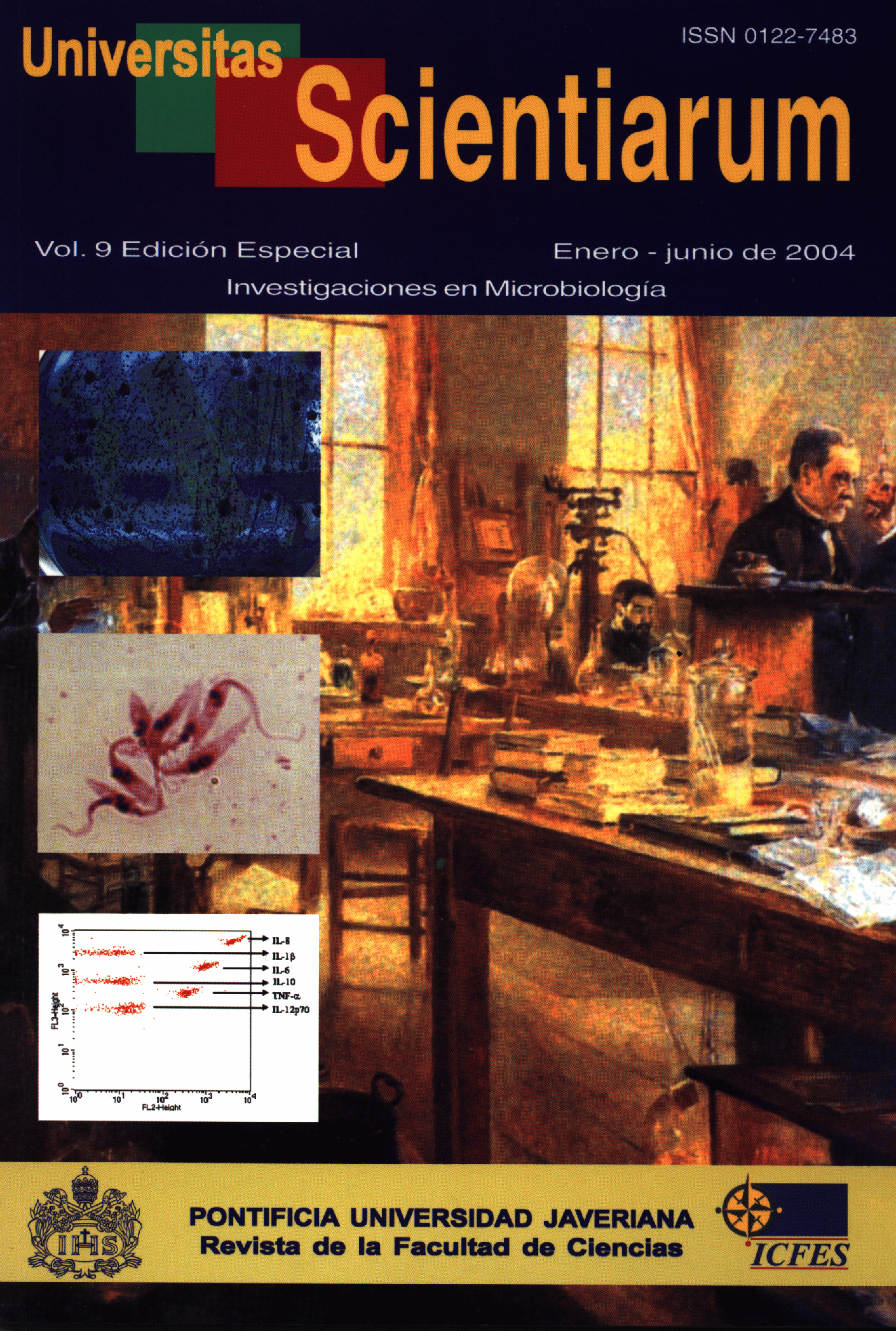Abstract
Dental caries is a localized, transmissible, pathological infectious process that ends up in the destruction of hard dental tissue. Streptococcus mutans is considered to be the main cause of dental caries. Indeed, numerous reports have shown the close relationship between salivary levels of S. mutans and dental caries. The purpose of this study was to determine the relationship between the presence of Streptococcus mutans and dental caries, and to evaluate the antimicrobial susceptibility of the isolates. Unstimulated saliva was collected from 53 3 to 5-year-old children from the Diego Torres school in Turmequé (Boyacá,Colombia). Saliva samples were vortexed and serially diluted in 0.05 M phosphate buffer. Aliquots of 100ul of the appropriate dilutions were cultured on Mitis Salivarius Bacitracin agar medium for the selective isolation of S. mutans, and incubated anaerobically for two days at 37o C. The minimal inhibitory concentrations of the S. mutans isolates were evaluated against penicillin, amoxicillin, cefazolin, erythromycin, clindamycin, imipenem and vancomycin by an agar dilution method. The dental caries experience in these children was 66% (35/53) and S. mutans was found in the saliva of 33 children (62%);21 of them had dental caries and 12 did not. In the 20 children from whom S. mutans was not isolated, 14(70%) were found to have caries. There were no statistically significant differences in S. mutans counts between the group with dental caries and the caries-free group (p=0.21). All isolates were highly sensitive to penicillin, amoxycillin, cefazolin, erythromycin, clindamycin, imipenem and vancomycin; 50 and90% of the strains from S. mutans were inhibited by concentrations of less than 0.12 and 0.5 ug/ml, respectively, for all antibiotics studied. In conclusion, not all of the children hosting this microorganism had caries, and the S. mutans strains were highly sensitive to the antibiotics tested.Univ. Sci. is registered under a Creative Commons Attribution 4.0 International Public License. Thus, this work may be reproduced, distributed, and publicly shared in digital format, as long as the names of the authors and Pontificia Universidad Javeriana are acknowledged. Others are allowed to quote, adapt, transform, auto-archive, republish, and create based on this material, for any purpose (even commercial ones), provided the authorship is duly acknowledged, a link to the original work is provided, and it is specified if changes have been made. Pontificia Universidad Javeriana does not hold the rights of published works and the authors are solely responsible for the contents of their works; they keep the moral, intellectual, privacy, and publicity rights. Approving the intervention of the work (review, copy-editing, translation, layout) and the following outreach, are granted through an use license and not through an assignment of rights. This means the journal and Pontificia Universidad Javeriana cannot be held responsible for any ethical malpractice by the authors. As a consequence of the protection granted by the use license, the journal is not required to publish recantations or modify information already published, unless the errata stems from the editorial management process. Publishing contents in this journal does not generate royalties for contributors.



